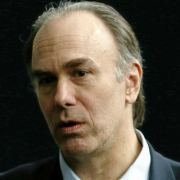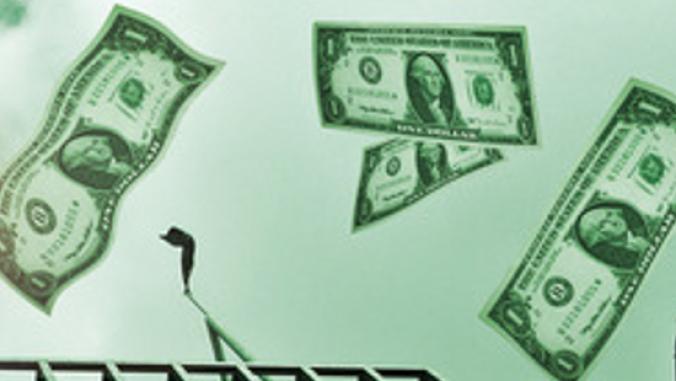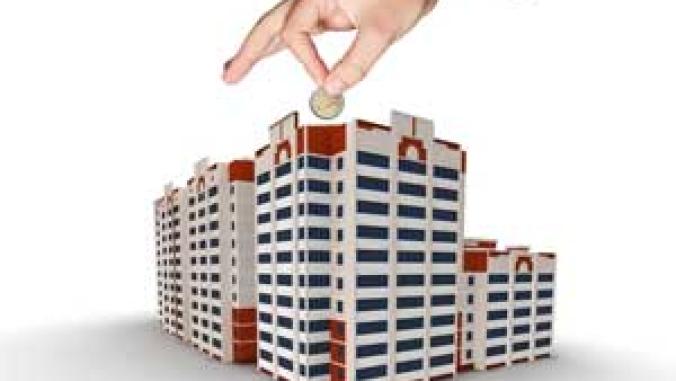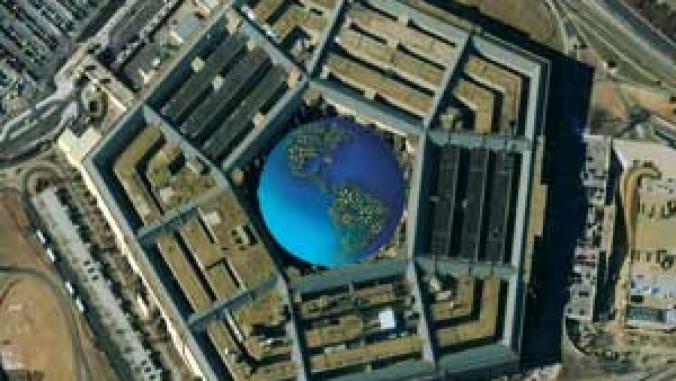Saying 'Stop!' Incites Major Efforts to Green Buildings
<p>Author Dan Millman, once wrote that life has three aspects: paradox, humor, and change. So in this spirit, I wanted to write about paradox of the tremendous activity that results when we say, "Stop!"</p>
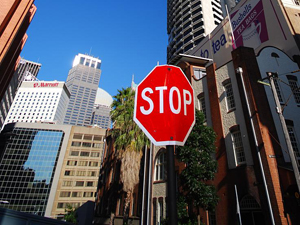
Author Dan Millman, once wrote that life has three aspects: paradox, humor, and change. So in this spirit, I wanted to write about paradox of the tremendous activity that results when we say, "Stop!"
In the field of environmental protection, one could argue that the word stop is the most dynamic word in the field. If we look at any number of environmental insults that we have visited upon the planet, generally the most effective means of stimulating change is to say, "Stop doing it." Stop wasting energy; stop wasting water; stop using toxic materials, etc. Once we said "stop" to lead in gasoline one of the biggest global public health successes was realized.
Leslie Guevarra reports on the first GreenBiz Environmental Sustainability Tools virtual conference (GBEST), presented in conjunction with Groom Energy. GBEST showcased sustainability work by several companies, including Best Buy and Starbucks, which just said stop (or at least "off") to energy and water waste, respectively.
Hugh Cherne, senior manager for energy and carbon reduction strategy at Best Buy illustrated the enormous bottom-line leverage that energy savings have in the company's stores. Cherne contrasted two stores whose energy consumption was roughly $1,400 apart. In order to generate the bottom line profits of $1,400, Best Buy would need to sell approximately $45,000 worth of equipment. Best Buy has a corporate goal to reduce its U.S. carbon footprint by 20 percent by 2020. This represents a carbon admissions reduction of approximately 350,000 metric tons.
On the water front, Starbucks' Environmental Impact Manager Sue Long discussed strategies -- such as reducing water use in sanitary fixtures, emphasizing water-saving dishwashing equipment and other "back of the bar" measures -- that can reduce consumption by as much as 80 percent in some instances. Water savings can also lead to significant energy and dollars savings: Running the hot tap five minutes less per day can save over $200 per year, while running a cold tap five minutes less per day can save over $50 per year and as we've seen, the revenue leverage of these savings can really add up. By 2015, Starbucks is aiming to reduce its water consumption by 25 percent compared with its 2008 baseline of 24 gallons per square foot per store. Last year alone, the company reduced water consumption by over 4 percent.
New research at MIT is demonstrating not only the lifecycle environmental impact of materials in the built environment and transportation but also the lifecycle economic costs. The work, conducted through MIT's Concrete Sustainability Hub, aims to integrate lifecycle assessment with lifecycle cost assessment. So far, the research has not uncovered anything that sustainable design experts haven't known for 40-plus years: (1) Mass reduces energy consumption (between 5 and 20 percent depending upon whether it is heating or cooling and whether it is being compared against other mass construction or lightweight construction) and (2) operational energy dwarfs embodied energy (operations represents 85 to 90 percent of lifecycle energy).
However, because the work is being done by MIT, people may finally take notice; not unlike when McKinsey found that the largest potential for cost effective climate emissions reductions resided in the built environment. Again, something that people in the sustainable design field have known for 40 years, but it took the McKinsey brand to make it "real".
Speaking of saying stop, Shari Shapiro writes about something I wish the press would just stop doing, which is using a single outlier case to draw sweeping condemnatory conclusions about one thing or another.
In this instance, Shapiro writes about a Washington Post article that concluded that green stimulus failed because one individual was trained in green and has failed to find a job. This kind of "investigative reporting" is not unlike trying to Name That Tune based on a single note and about as accurate. You know this reporter will look out a window one night and conclude that the sun has extinguished itself. Stay tuned for breaking news!
Finally, we report on the progress of IBM's Smarter Cities initiative as applied to the Texas city of Corpus Christi. Joining more than 300 other cities worldwide, Corpus Christi has begun centralizing its ability to record and respond to environmental quality-of-life issues across the range of city departments.
This week's Look-Grandpa-I-picked-up-the-$20-bill-you-said-was-fake-but-it's-real! award goes to General Motors for the milestone of passing the halfway mark for its factories achieving zero waste going to landfills. It was Jonathan Bardelline's report on this achievement that initiated the "just say stop" theme of this week's article. By setting a "just say stop" policy on waste, GM has generated a tremendous amount of innovation such as turning cardboard boxes into car roof interiors. As Paul Bierman-Lytle famously said almost 30 years ago: "Waste equals food."
Overall, GM's diversion rate is over 90 percent and over 75 of its 145 facilities have stopped sending waste to the landfill, which exceeds the company's goal of half of its facilities landfill-free by the end of this year. On average, 97 percent of these facilities' waste materials are being reused to make cars, while the remaining 3 percent is incinerated for energy production. Not only has this waste reduction resulted in the recycling or reuse of 2.5 million tons of waste, but it also has resulted in over $2.5 billion of revenues from selling waste for recycling since 2007. A million tons here, a million times there, pretty soon you're talking real reductions!
Image CC licensed by Flickr user magical-world.
